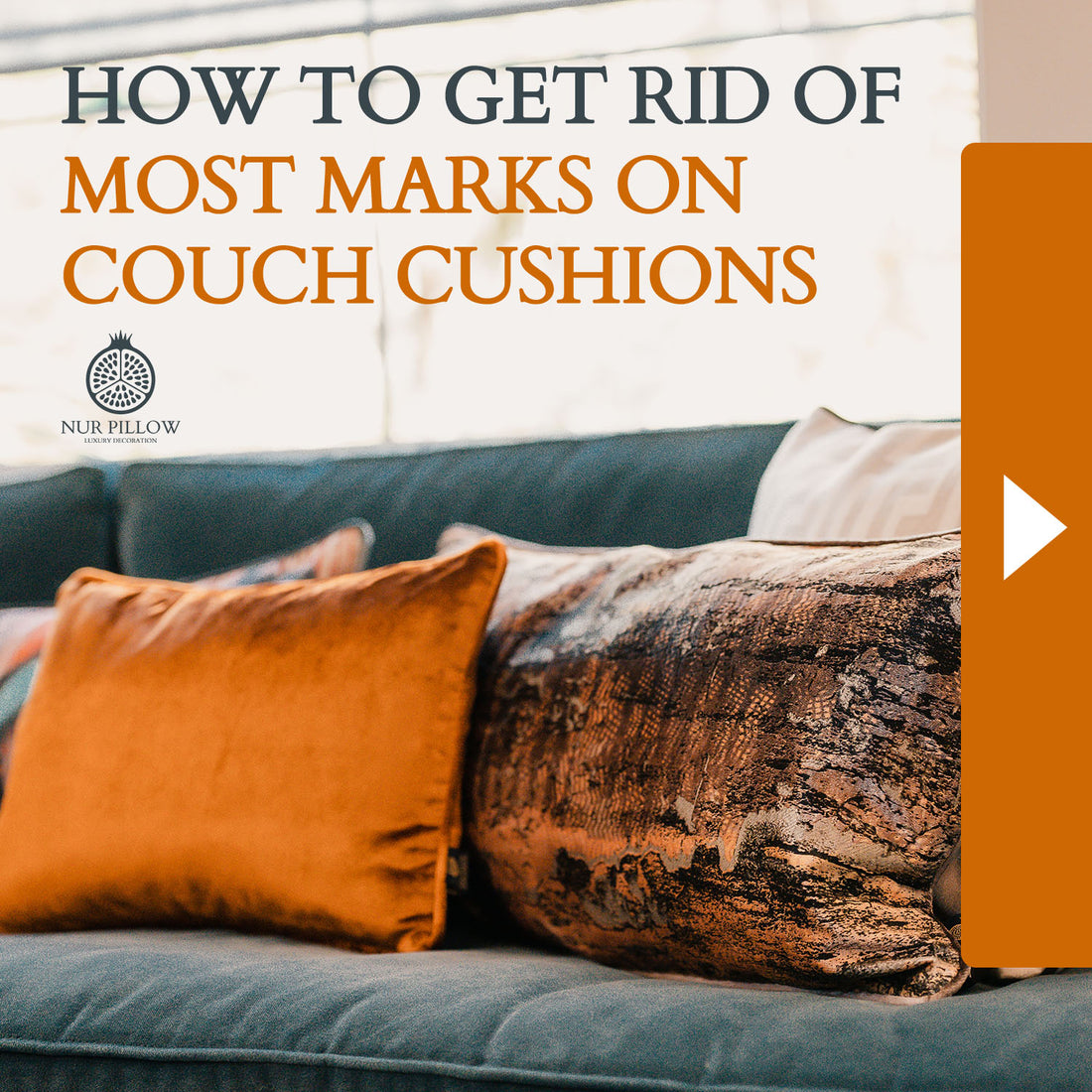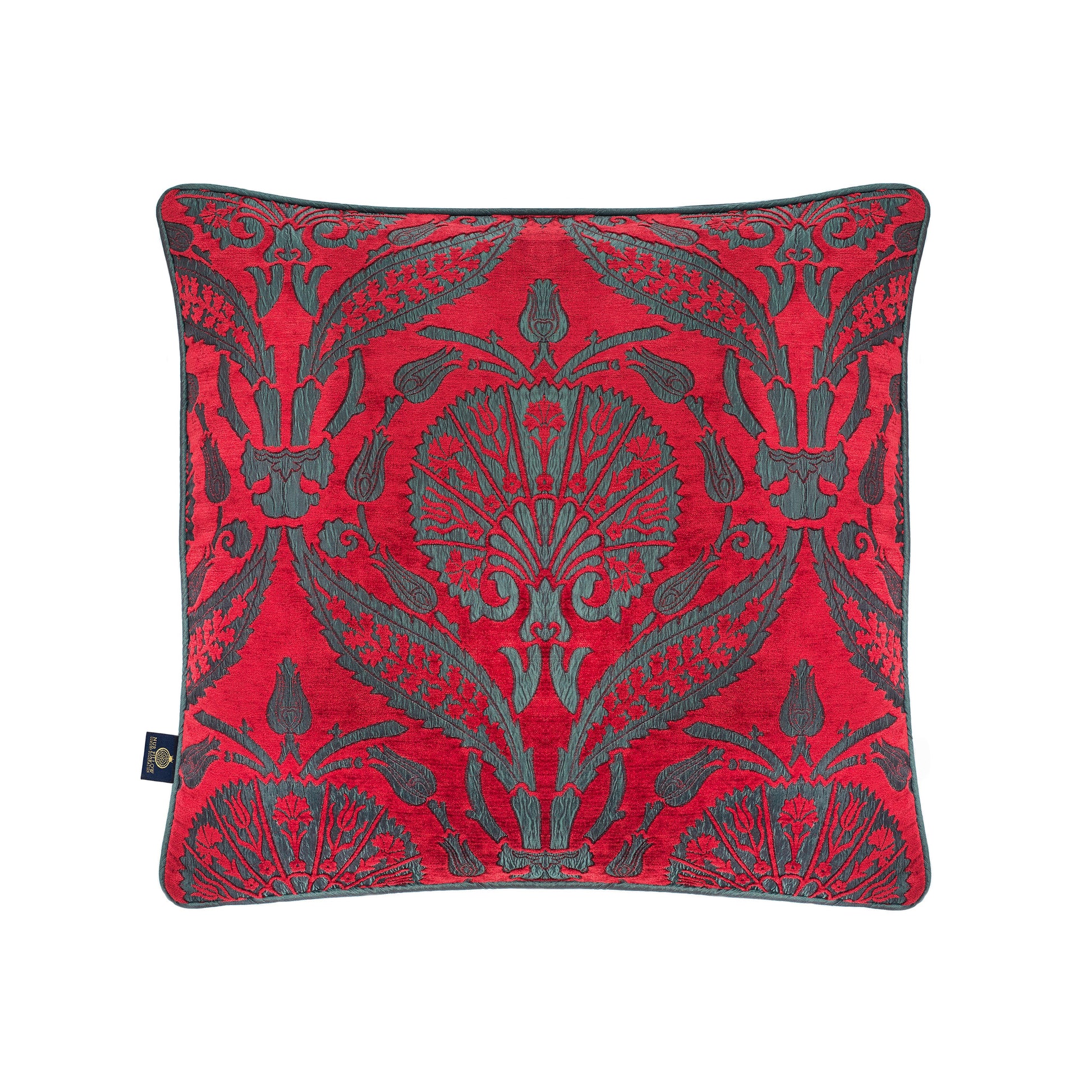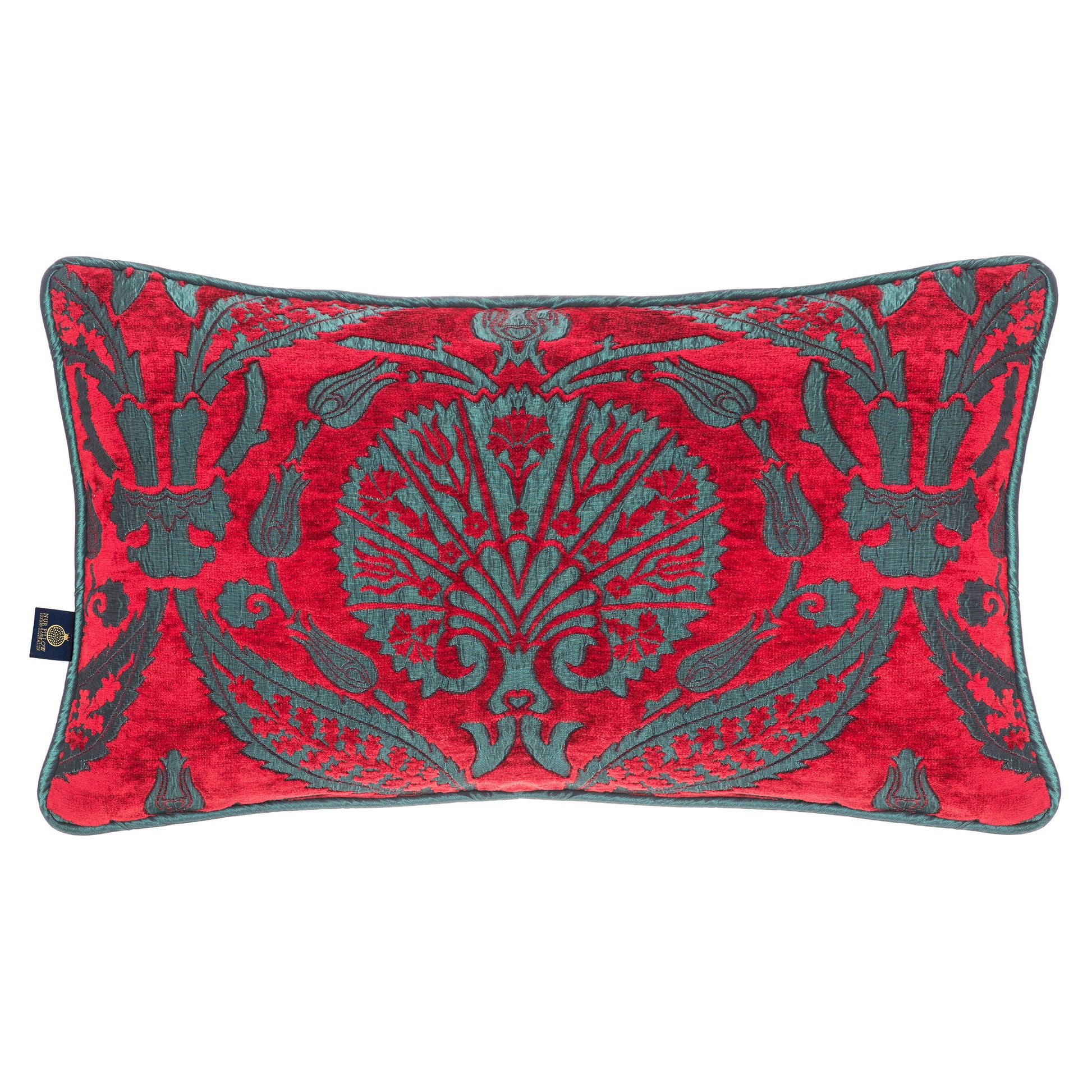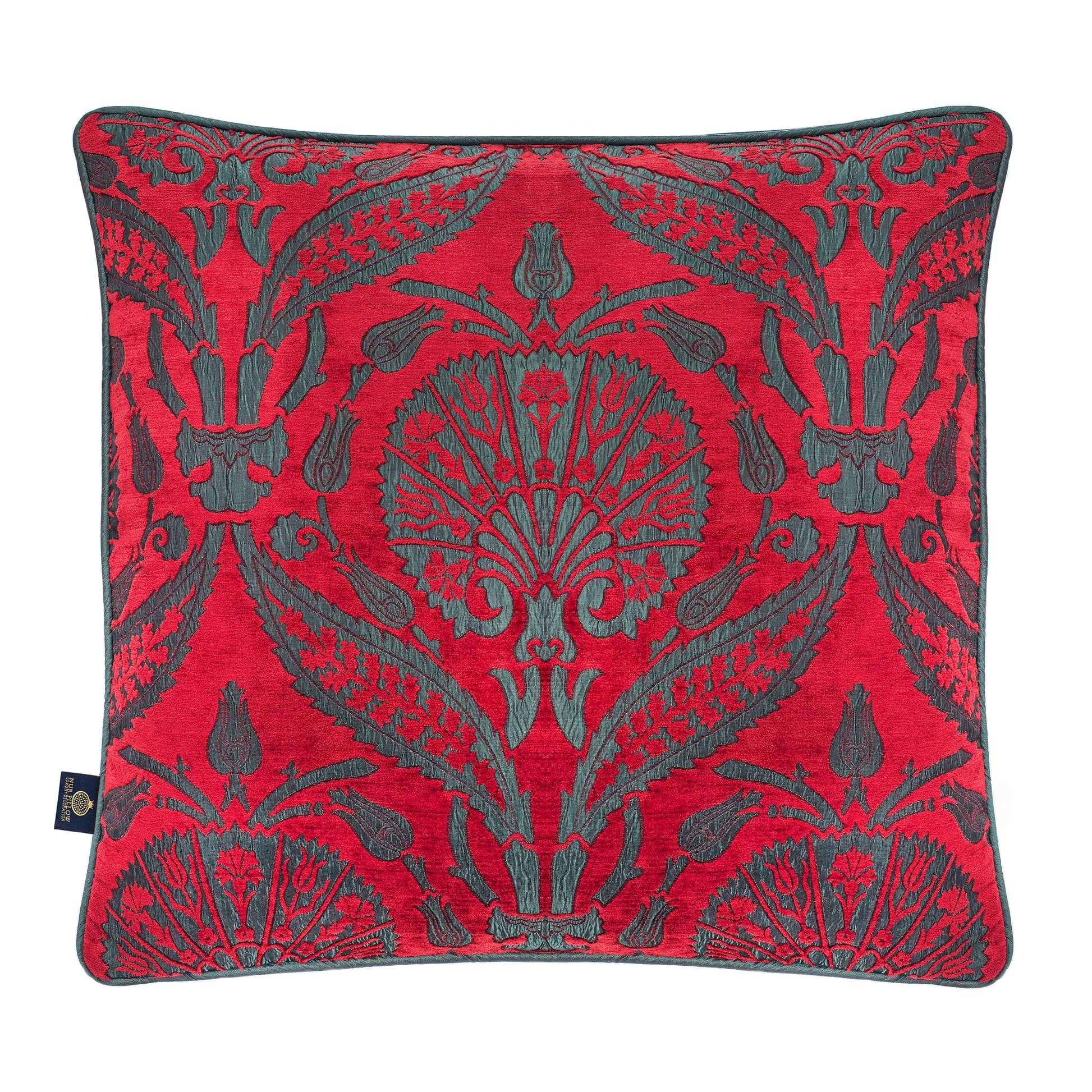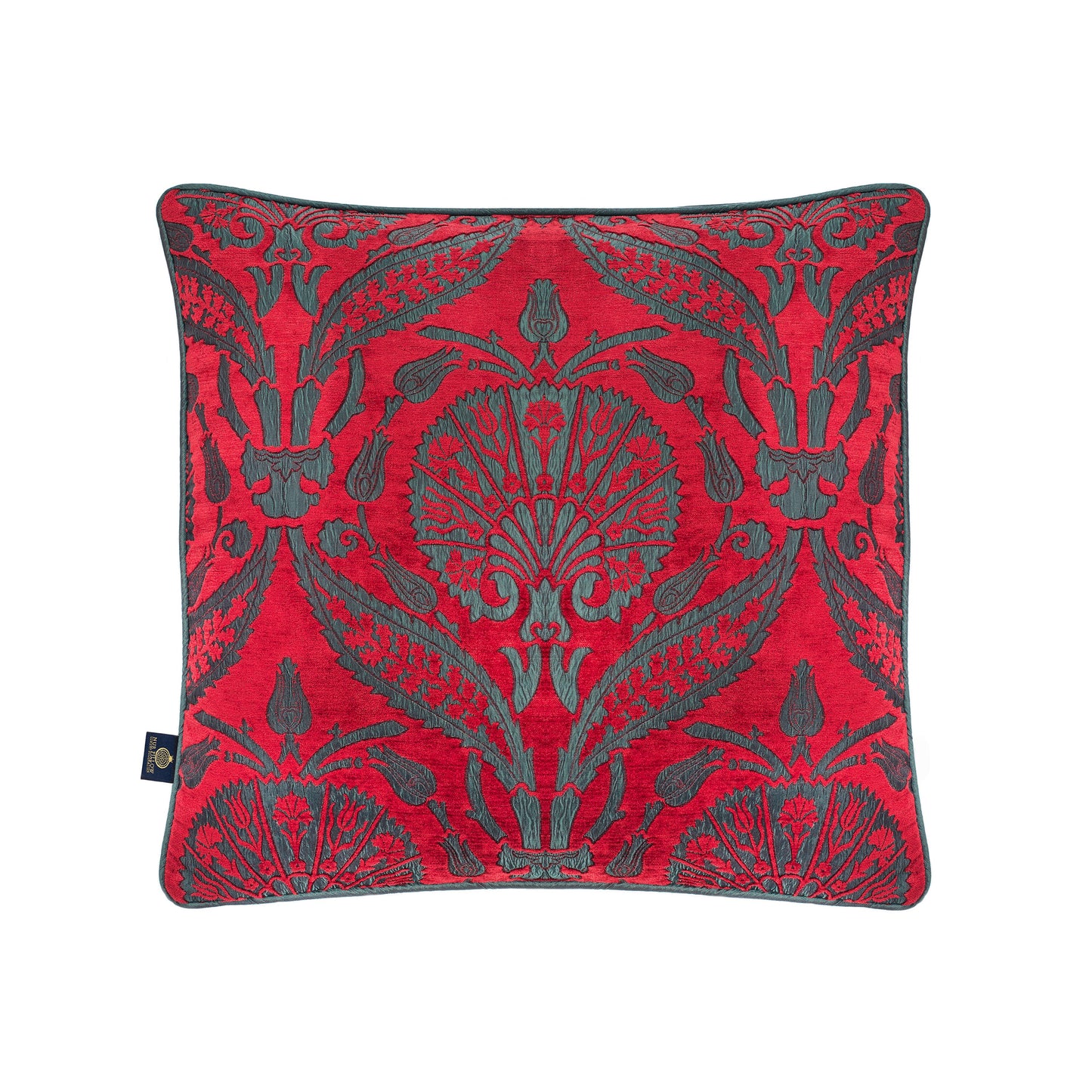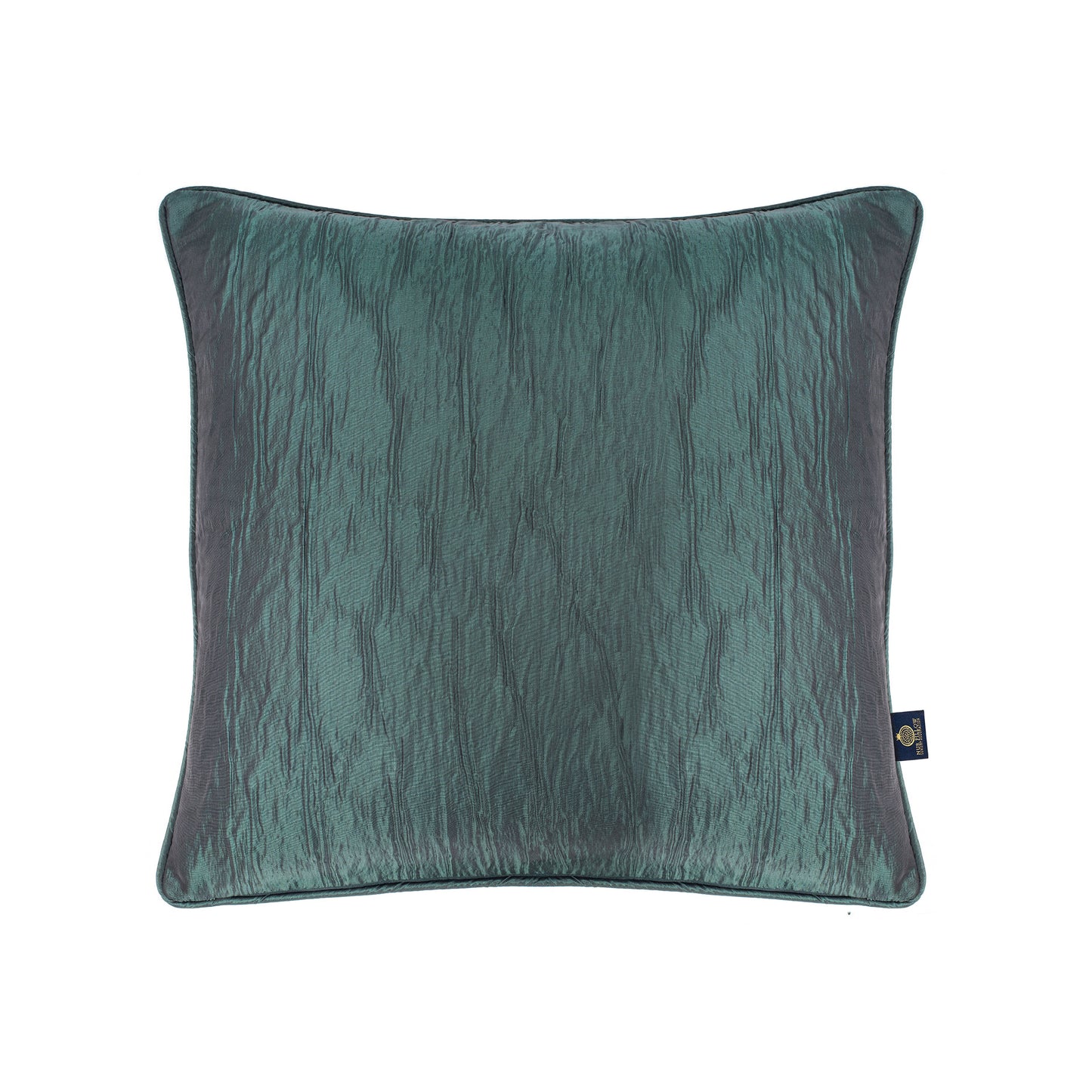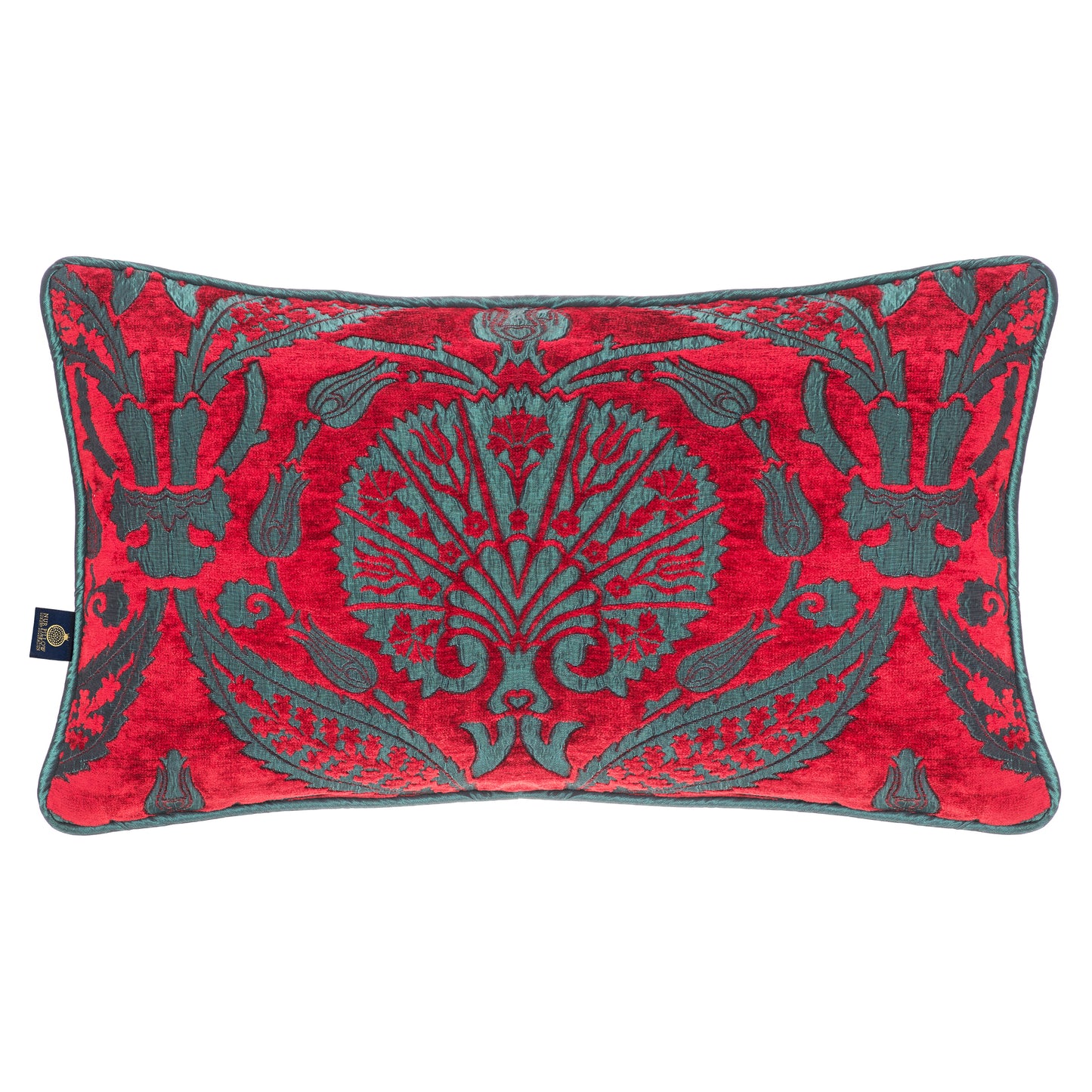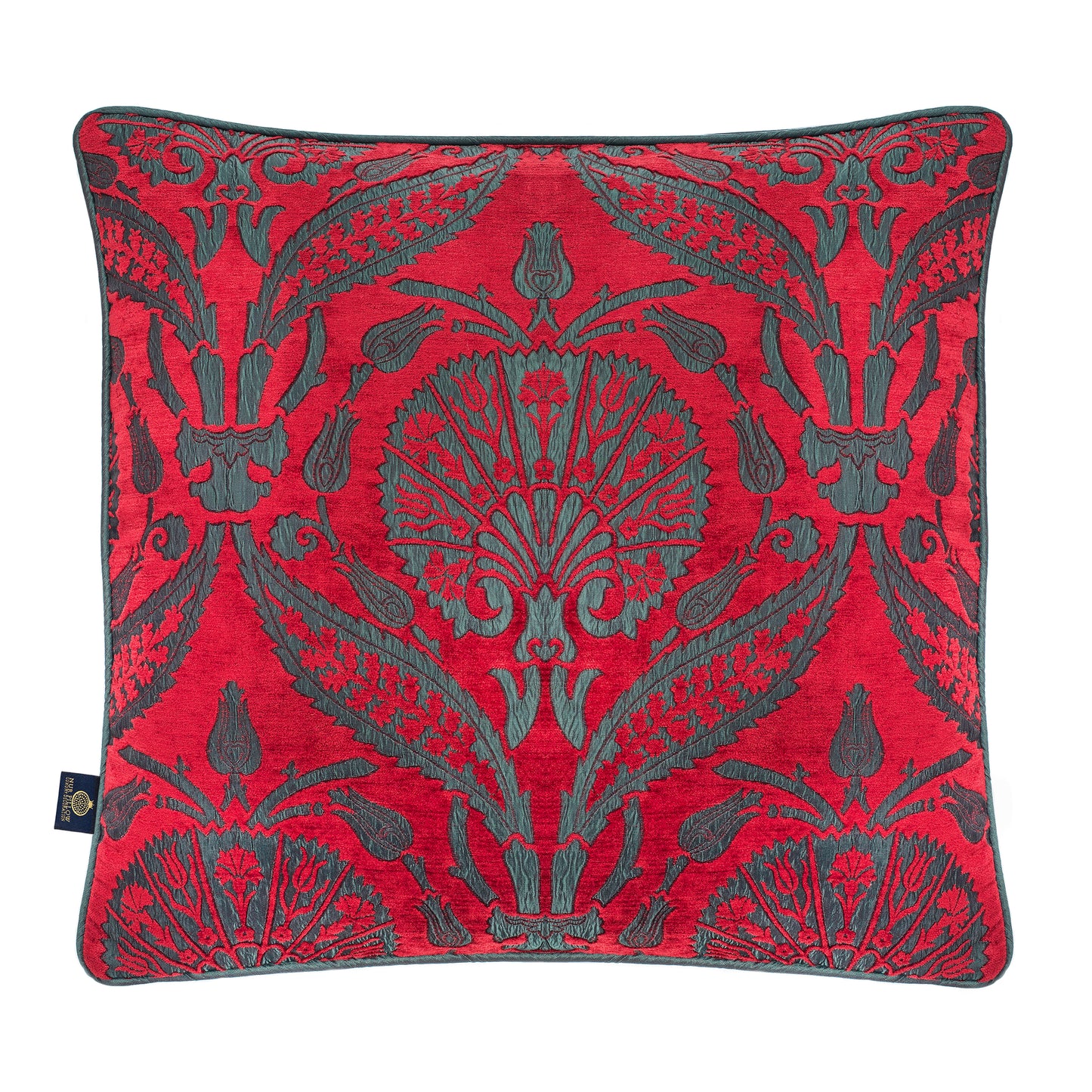An unexpected spill, an adorable fluffy cat, a little one holding a juice… All announce an imminent accident directed to your sitting set. These may seem a considerable trouble for your, but never let these factors become a constraint in your life. Accidents involving spilled drinks, human or animal urine, or other stains are typical on couches, particularly if you have or frequently entertain visitors, young children, or pets. Sometimes the cushion covers of your sitting set are not removable, which might make it difficult to clean certain upholstered items or couch cushions. In most cases, the covers can be removed and washed by hand or in a machine. Some cushions may only be machine washable in the manufacturer's recommended cycle.
In general, sofa cushion covers should be washed in cold water using a delicate cycle in the washing machine or by hand using the washing machine's rinse cycle. The majority of spills may be removed with dye-free laundry detergent, while some can be cleaned up with spot removers purchased from a store or a solution that you make yourself. For stains that are extensive, old, or deep, you might need to hire a professional or use a steam cleaner. Before you begin cleaning, it is imperative that you remember to let the cushion coverings air dry and then zip them tight.
This basic information being the general, as Nur Pillow family, we have provided a comprehensive cleaning guide for your in this article. Find out the most effective ways to clean couch cushions, specifically cushion covers that are removable, as well as what to do in the event that a cover is not removable.

Cleaning Basics
When it comes to cleaning up a spill, time is of the essence. The quicker you respond to the spill and wipe it up with a microfiber towel before it becomes embedded in the fibers, the easier the stain will be to remove. Avoid applying excessive pressure or scrubbing the area, since doing so will solidify the stain. When a stain has had time to set, it is far more difficult to remove.
Before you begin cleaning your cushions, you need to identify whether or not the covers can be removed, whether or not they can be hand washed, whether or not they can be machine washed, or whether or not they can only be spot cleaned. If you are aware of or are able to ascertain the make and model of the sofa, you can search online for the care instructions provided by the manufacturer of the furniture, or you can look for labels on the upholstery for further direction.

If the label on the cushion has a "W," it indicates that you can clean it with a cleaning that is water-based, "S" indicates that you may clean it with a cleaner that is solvent-based, and "WS" indicates that you can use either type of cleaner. If there is a "X," the only thing that has to be cleaned is the upholstery by a professional.
If you want to be able to wash removable upholstery covers in a machine, they need to pass two tests: one is that they need to be preshrunk, and the other is that they need to be colorfast. If they fail either test, you won't be able to put the covers back on the cushions after washing them. In order to do a colorfastness test: Take a clean, moist white cloth and rub it on the fabric in an area of the garment that will not be seen. If the color rubs off onto other parts of the material, the upholstery is probably not colorfast, and you should have a professional clean it.
A Closer Look at the Methods
As mentioned above, there are several life-saving methods to clean your cushion cover on your own. But the first step before purchasing the necessary material and substance is to know the fabric type, the texture characteristics, and the cleaning guide of your particular sitting set. If your cushion, for example, is not suitable for cleaning via a machine, this means consulting a dry-cleaning company. However, the new trend in fabrication is to develop textures that are easy to clean or which are water/liquid resistant. Here are practical steps for you to do the most effective cleaning with the least effort.
- Put on some rubber gloves, and then run them over the upholstery in order to dislodge any human or animal hair, as well as any dust. This will make it much simpler to vacuum.
- Move the upholstery attachment of your vacuum from left to right in short, overlapping lines while going in the opposite direction. Make the switch to the crevice nozzle and vacuum in the spaces between the seams as well as under the cushions.

- To remove stains, you can either use water or a cleaning that is based on a solvent, although this will depend on the care instructions provided with your cloth. After allowing the solution to penetrate the stain for a while, blot it with a cloth made of microfiber. It is important not to scrub the stain, as this could spread the stain deeper into the upholstery or cause the fabric to become damaged.
- The number of times you'll need to apply cleaner is going to be determined by the kind of stain you're trying to remove. Stains that are more difficult to remove, such as oil, blood, or pen, may require more cleaning passes.
- Use an enzymatic cleanser in the event that you have a pee stain so that you can remove urine stains (testing it on an inconspicuous area first). In addition, you can prepare own cleaner by combining one cup of vinegar, one cup of water, and two tablespoons of dish soap in a container. After soaking a clean, white cloth in the cleanser, dab the spot to remove it. After that, switch to a clean towel or sponge and rinse the stain with plain water. Finally, let the area to air dry.
- In a small bucket, make suds by combining a half teaspoon of dye-free dish soap with warm water and foaming the mixture. When cleaning the upholstery, dip an upholstery brush into the suds, and then carefully move it around the cloth while taking care not to wet it. To complete the task, wipe the fabric with a fresh cloth that has been dampened. Wait until all of the moisture has evaporated from the upholstered furniture before sitting on it.

Cleaning the Upholstery with a Machine
Before everything, check to see if the cushion cover can be washed in a machine.
You can remove the cushion cover and put it through the washing machine on its own if you know that it can be machine washed and that it has a label that says "W" on it, which indicates that it can be cleaned with a water-based cleaner.
Clean up the Stains
To get rid of the specific stain you have, you should use a stain remover or a spot treatment solution.
If there is a urination stain on the cover, remove it as soon as possible. Utilizing a cloth made of microfiber, soak up the most amount of liquid that you can. It won't help to set the stain if you scrub or press too hard. Using cold water and one cup of vinegar, put the cover through the washing machine's cycle. After that, wash it in detergent using the warmest water possible for the cloth, and then dry it by hanging it up.
Use Dye-Free Laundry Detergent
Even if you are using a material that will not lose its color, you should still wash your upholstery covers with a detergent that does not contain color. This will prevent the dye from colored detergents from bleeding onto your covers.

Make sure you use cold water and a sensitive setting.
Cold water is better for cleaning fabrics than warm or hot water, so try to avoid utilizing those temperatures. When washing an item for the first time, it is best to use the delicate cycle so that the cloth is exposed to the least amount of agitation. You can determine how well it will hold up in the wash cycle to get an idea of how durable it will be in subsequent washes. Additionally, make sure the zipper is closed so that it does not become tangled or damaged.
Allow the Cushion Cover to Air Dry
Couch covers should never be dried in the dryer because doing so can cause them to shrink or fade. Dry them by letting them drip in the shade instead; the sun has the potential to bleach certain textiles. You can remove some of the moisture from the cloth by using the tumble or fluff option on your washing machine without the heat setting being activated and then allowing it to air dry.

Practical Tips for Further Cleaning
If the stain does not come out, rub the affected area with club soda. Some people believe that the carbonation found in water can assist in the removal of stains. Nevertheless, the water is most likely the component that is responsible for the effect. The most efficient technique to deal with a stain emergency is to first dilute the stain, then immediately dab up any spill that may have occurred. Baby wipes are yet another wonderful solution for dabbing or wiping up small spills such as coffee drips, and they come in handy when you're in a panic.
Sprinkle some baking soda onto the cushion if there is a stench coming from the material. Wait fifteen to twenty minutes before vacuuming up the powder after letting it rest. Applying a stain-guard spray to freshly cleaned upholstery will help prevent stains from forming. It will act as a barrier between the fabric and any potential stains.
The good news is that the majority of foam can be washed, which is great if the cover can be removed and the liquid has penetrated deeply into the couch foam. In most circumstances, the foam can be thoroughly soaked in a bathtub with a gentle dishwashing liquid. Squeeze out every last drop of soapy water, then thoroughly rinse the area with clean water, and allow it to dry in the air. Make sure the foam in your couch can be cleaned by checking with the company that makes the furniture.
In the event that these cleaning procedures are unsuccessful in removing the stain, you should contact a professional sofa cleaner. Large stains, stains that go deep, or stains that have been there for a long time may require the use of specialized cleaning fluids in addition to the knowledge of a trained cleaning worker.

Note These Info!
When it comes to cleaning a couch or other piece of upholstered furniture thoroughly, the first step is to give it a good vacuuming. Take remove any cushions that are removable and use vacuum attachments to get into all of the cracks in the furniture. After that, you should follow the instructions for the fabric to determine whether it may be machine washed, spot cleaned, or cleaned professionally.
You may still be able to spot-clean the fabric with an upholstery cleaner even if you are unable to wash the cushion covers in the washing machine. In most cases, you can also try sprinkling some baking soda on the fabric, letting it sit for a while, and then vacuuming it up. This method ought to be able to absorb some of the scents in the cushion.
It is not a good idea to put cushion covers in the dryer since there is a possibility that they can become deformed or shrunken, causing them to no longer fit the cushion properly. The dryer is another factor that contributes to the fabric's wear and tear. Instead, hang the fabric in a room with plenty of fresh air to dry it out. You can hang it outside to let it air out, but you should make sure to keep it out of the bright sunlight so that it doesn't fade.

